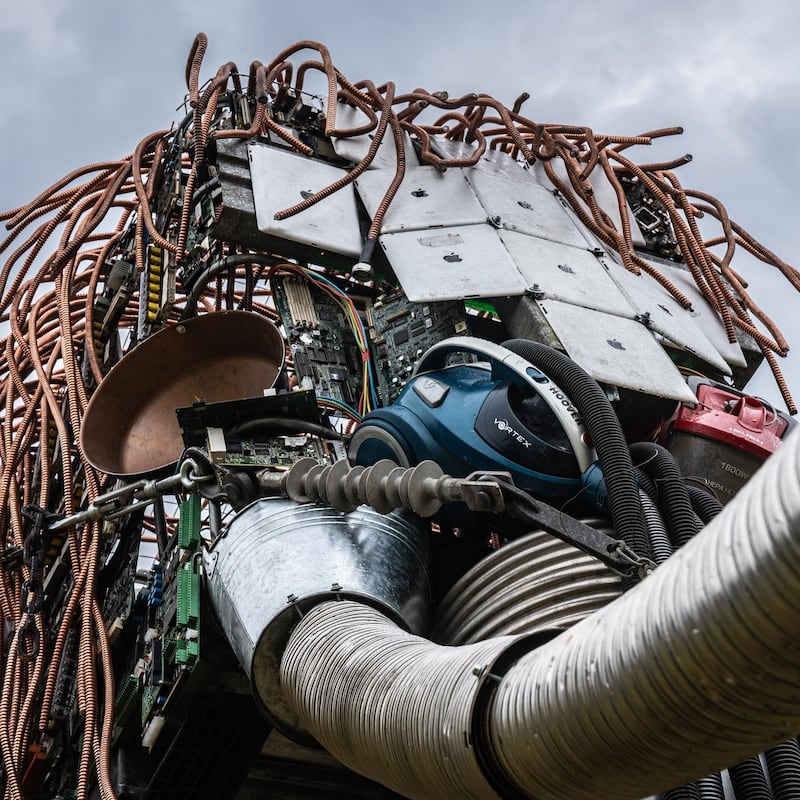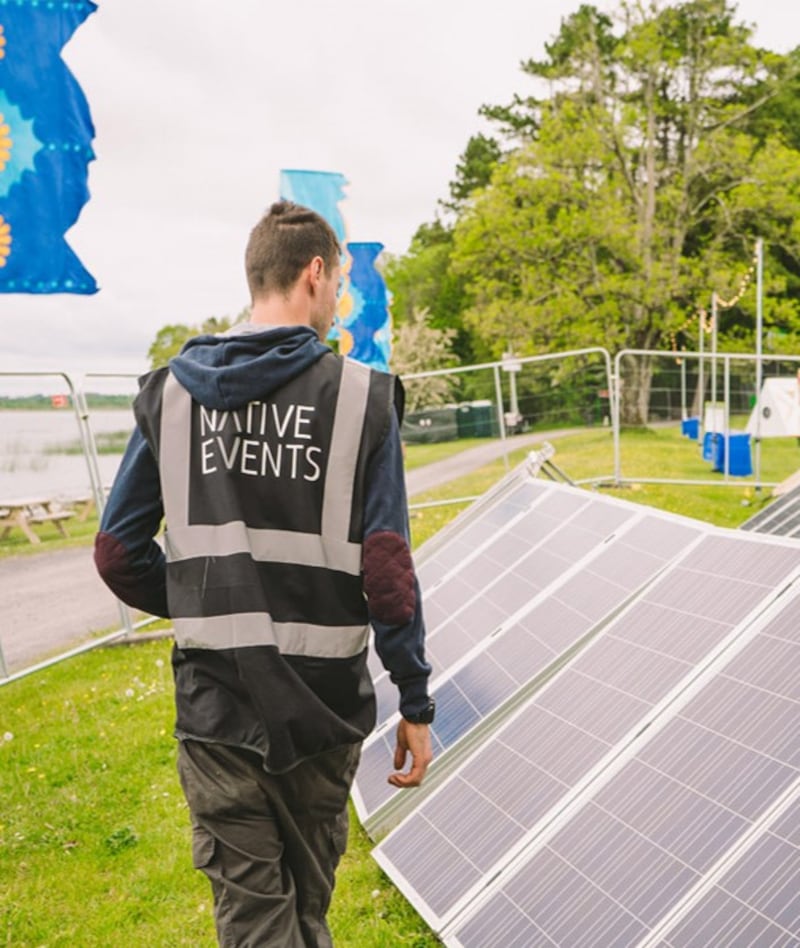We are drenched in green this weekend but how “green” is our national day of celebration? In a few weeks time the St Patrick’s Festival will have the information to really know the answer to that question. This year the festival organisers will be calculating the carbon emitted and waste produced during our biggest hooley.
Working with Native Events, the sponsorship and sustainability manager with St Patrick’s Festival, Ellie Dowling, will be crunching the data. How much carbon does that marching band from the midwest burn to get here and home again? How much avoidable waste will be trucked to landfill? The answers to those questions will be published and will help festival organisers get a baseline, which they hope to improve every year into the future.
It is easy to be cynical about the greening of our national day but Dowling is hopeful that this year’s theme, Spreach or Spark, will also mean sparking change in public behaviour towards more environmentally-positive actions.
“We are the national day and we’re a leading cultural event. So there’s an opportunity to be a catalyst for positive change, to lead by example and set up best practice for other events,” Dowling says.
READ MORE


At the Festival Hub in Collin’s Barracks, artist Ned Leddy has worked with the European Recycling Platform to build a 12ft “trash mammoth” weighing 1.2 tonnes. The mammoth is built from nearly 100 small electrical items including old iPads, vacuum parts and cables. The WEEE (Waste Electronic and Electrical Equipment) inspired installation is hoped to educate people on how important it is to bring waste materials to recycling centres rather than throwing them in the bin, Dowling explains.
They have also asked pageant organisers to recycle floats and materials from past years rather than build something new and then throw it away after the event. One community pageant group, Pride, has turned a sphere from a football to a moon to a disco ball over the years.
The festival will also be working with the National Transport Authority to ensure that plenty of public transport is available over the weekend. They will give people information on the carbon savings they can make by choosing to cycle or use public transport.

Food stalls have been asked to use more organic products, offer a vegetarian dish alongside a meat dish and use local suppliers and Fair Trade ingredients. The total waste from the weekend’s event in Dublin will be weighed with the aim of getting it reduced in the coming years.
“It’s one of the biggest Irish events and global eyes will be on us,” Dowling says. It’s an opportunity to showcase “Ireland’s dedication to sustainability”. That’s a spark that can’t take hold too soon.














